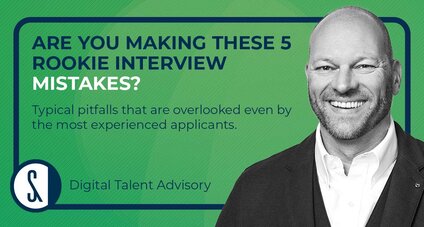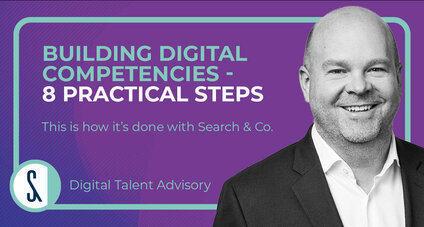
If you are ready for your next career move and want to be found by talent acquisition professionals such as myself, there are a few things you need to keep in mind. While profile essentials like a captivating headline, concise summary and work experience are a standard fare, in this post I will unveil the 3 most crucial secrets to help you get discovered and approached by talent attraction researchers.
Be responsive and boost your engagement score:
Quick responses to InMail messages can earn you a spot in the 'most likely to respond' category, a parameter that talent sourcing specialists often filter by using ‘LinkedIn Recruiter’. Researchers tend to engage with candidates that respond to their outreach in a timely manner (e.g. within 24 hours) – and having a high engagement score on the platform will support that. A good indication how well you do is provided by your personal Social Selling Index (SSI), a critical measure of your engagement on Linkedin. Check yours out here: https://www.linkedin.com/sales/ssi
Use the 'Open to Work' feature wisely:
LinkedIn's 'Open to Work' badge signals your interest and prioritizes your profile in recruiters' searches. Use it strategically by selecting your visibility preferences (e.g. to LinkedIn Recruiter users only), carefully specifying locations (make sure your regional perimeter is not too narrow) and multiple role titles that align with your career aspirations in various versions that recruiters may search by (Head of Marketing, CMO, Chief Marketing Officer, etc.).
Keyword optimization for improved visibility:
When integrating keywords into your profile, consider which keywords you want to be found for that are associated with your desired position. Ensure your profile is rich in keywords relevant to your current and desired role. These keywords should be strategically placed in sections like your headline, summary, and experiences. Make sure to carefully craft a precise work summary, showcasing your position, skill sets, industry-specific skills, and language skills. When adding skills to your profile, make use of the autocomplete suggestions by LinkedIn that pop-up, since these reflect popular searches on LinkedIn.
Finally, use the contact info section next to your name to add your e-mail address so that talent attraction managers can contact you.
By implementing these strategies, you can transform your LinkedIn profile into a dynamic tool that attracts the right recruiters and opportunities.
For deeper insights, schedule a call with me👉 https://calendly.com/chavan-p/pooja-chavan










